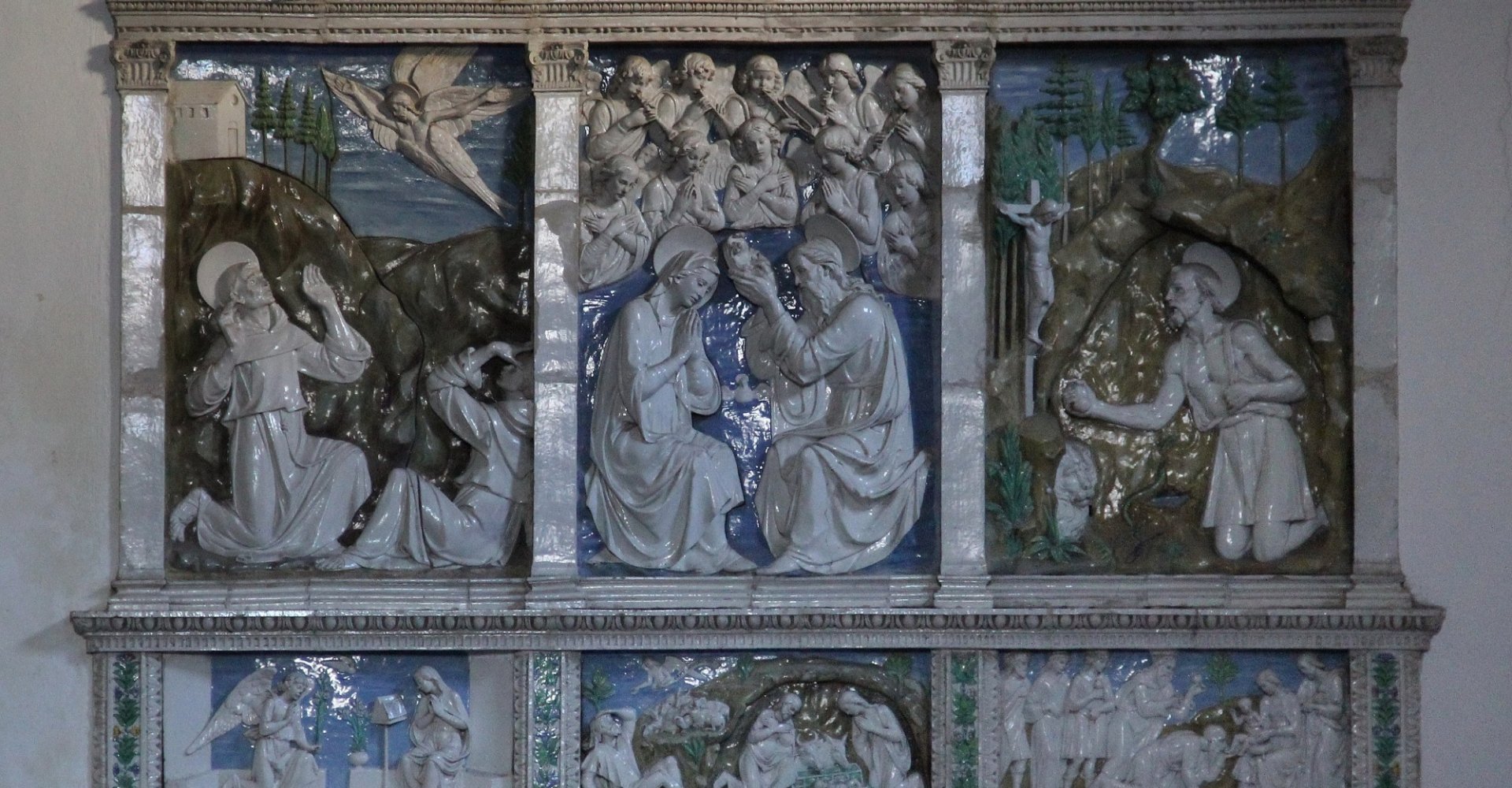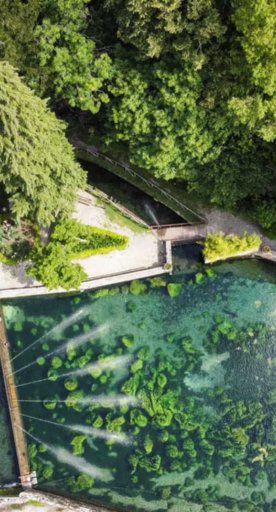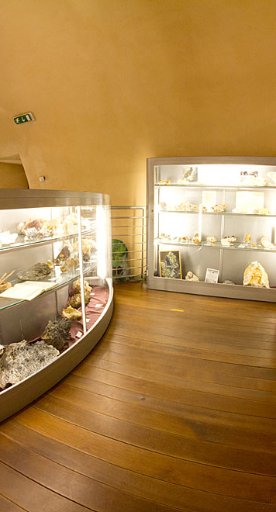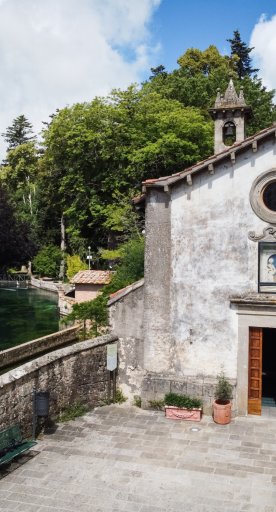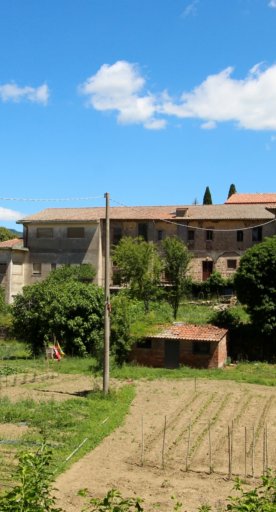Parish Church of Saints Flora and Lucilla in Santa Fiora
Immersed in the charming Amiata landscape, the church is home to a valuable collection of Della Robbia masterpieces
In the spectacular land surrounding the extinct volcano of Monte Amiata, Santa Fiora, one of the most beautiful villages in Italy, is rooted among the mountains and hills.
The gem of Grosseto is of medieval origin, and for a long time it was under the dominion of the powerful and noble Aldobrandeschi family, and then of the Sforza, leaving behind an important and fascinating historical legacy immersed in the stunning landscape. Not only that, it's a treasure trove of art and places of worship with a thousand-years old history, where you'll find churhces such as theone dedicated to the patron saints of the town, Flora and Lucilla.
The Pieve delle Sante Flora e Lucilla, with evidence dating back to 1142, has architectural elements in the Gothic and Renaissance styles. On the gabled façade, there's the coat of arms of the historic lords of Santa Fiora, the Aldobrandeschi.
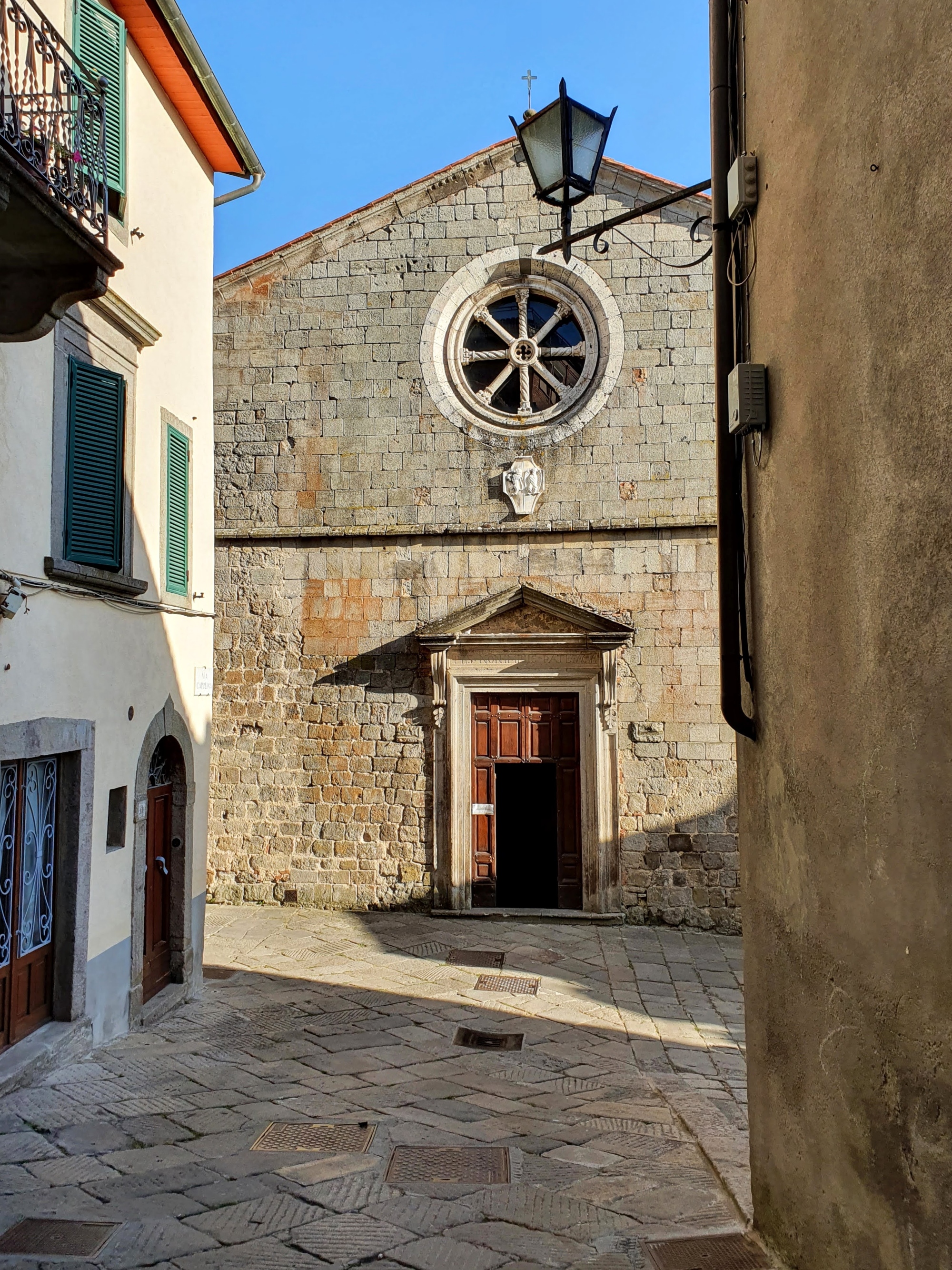
The interior has three naves, with the historic and sacred environment preserving a true artistic treasure: a collection of precious glazed terracotta works created between 1464 and 1490 by the great Florentine ceramist and sculptor, Andrea della Madder. Upon entering the church, on the left you'll find the baptismal font, in front of which is the work depicting the Baptism of Jesus with St. John and the Angels, and the altarpiece of the Madonna of the girdle and saints. In the central nave, the pulpit is adorned with three panels depicting the Last Supper andthe Resurrection and the Ascension, while on the right, you can admire splendid Della Robbia masterpieces; the triptych with the Coronation of the Virgin in the centre, and the Stigmata of St. Francis and San Girolamo at the sides.
In addition to the Della Robbia works, the parish houses the reliquary of the Saints Flora and Lucilla. This is a location of of veneration for locals and it also has a historical significance; it was donated by the Sforza and Aldobrandeschi counts and bears the effigies of both families, representing the transition between the two dynasties.
